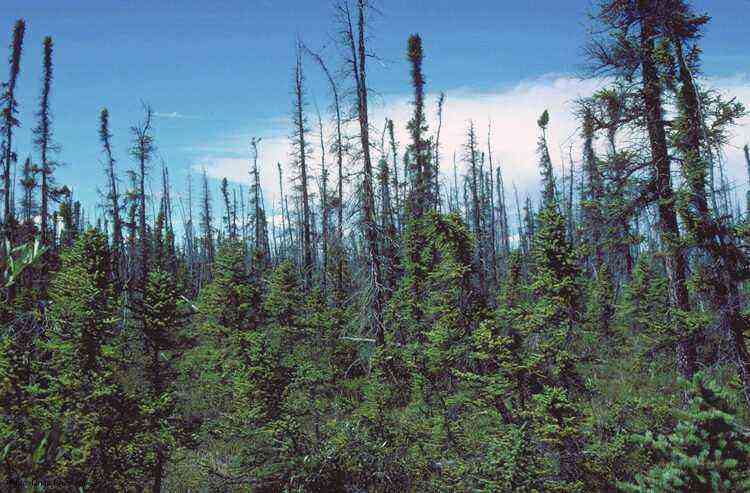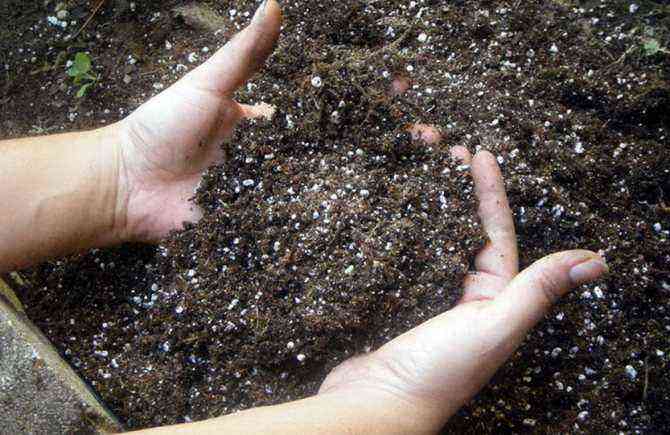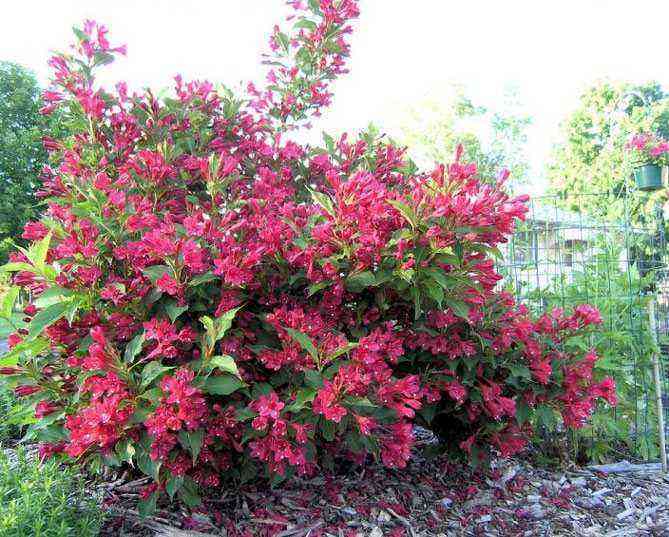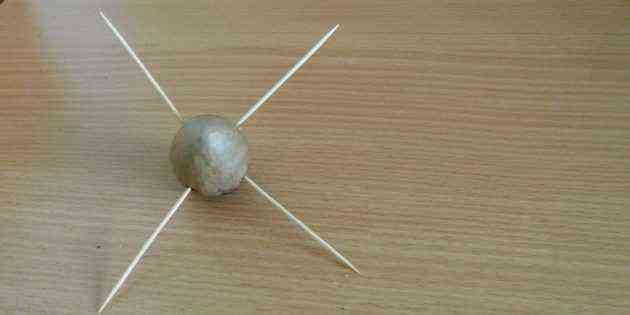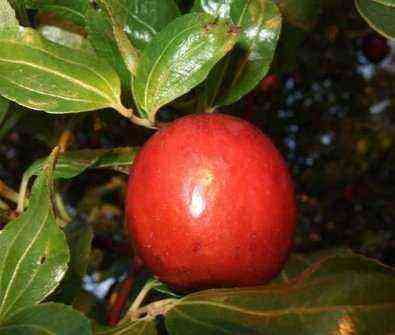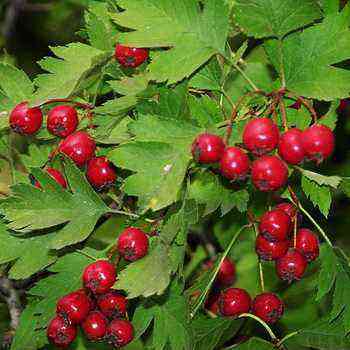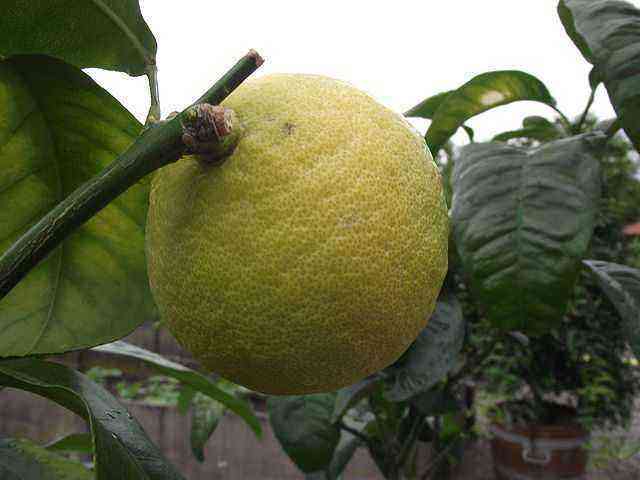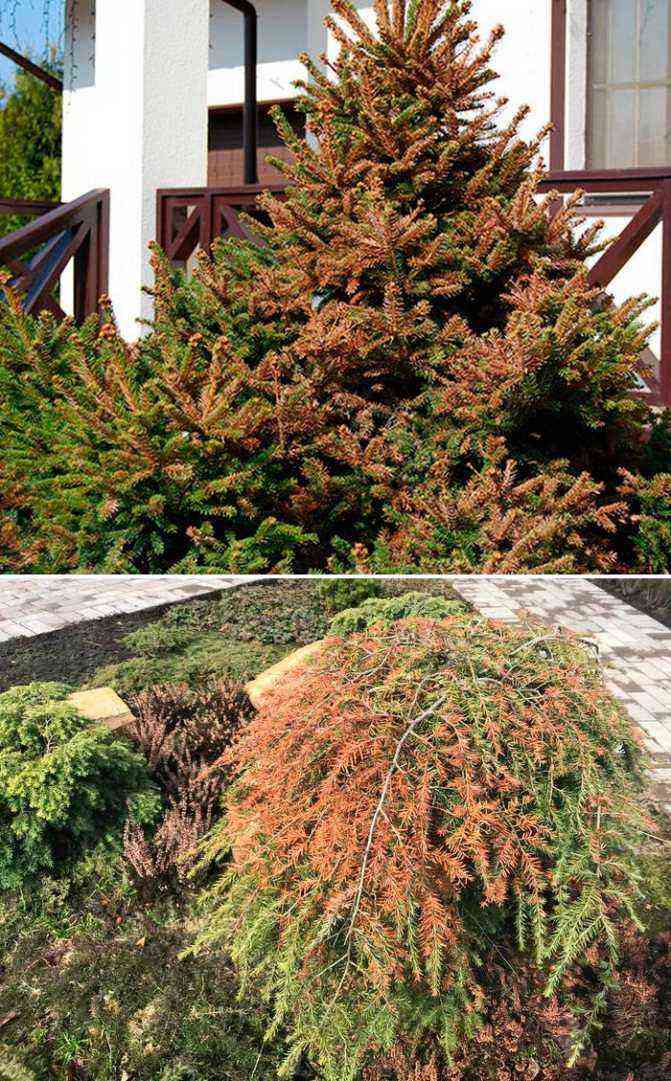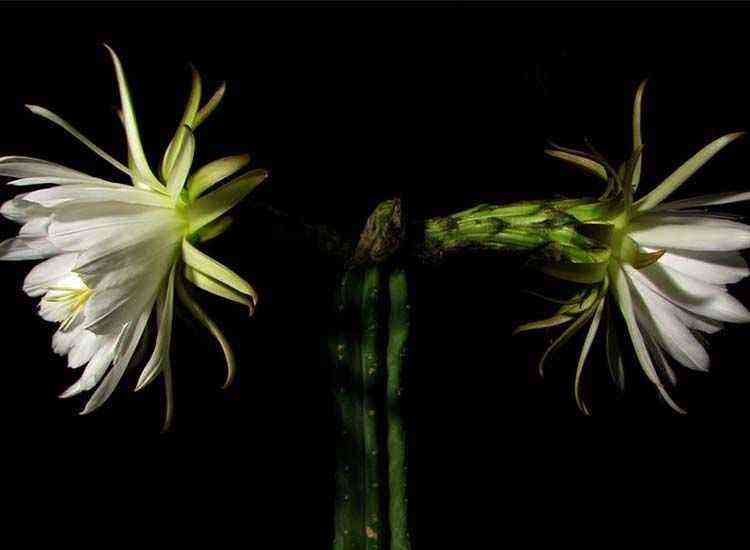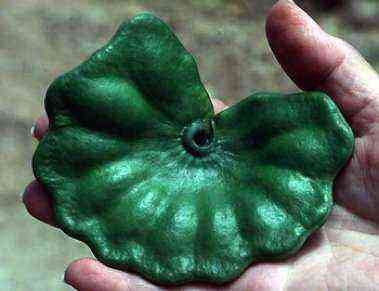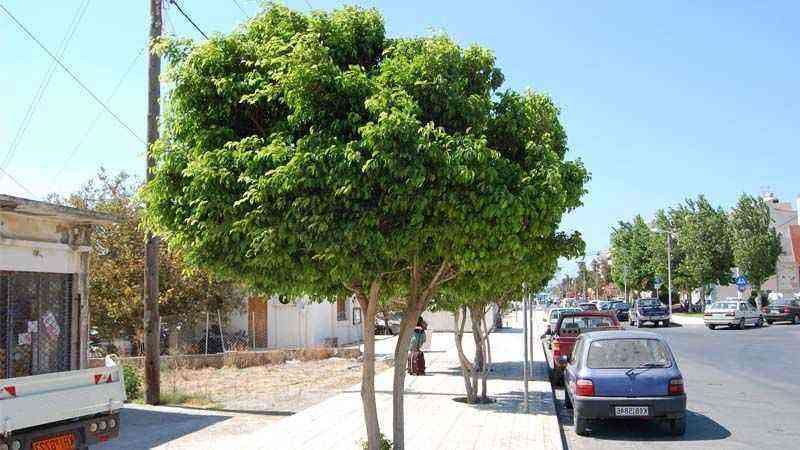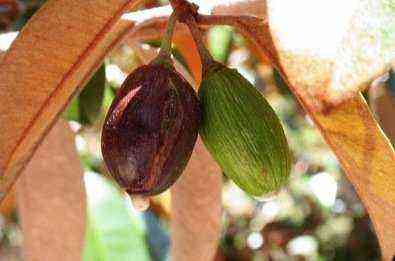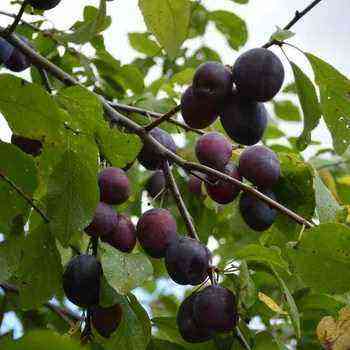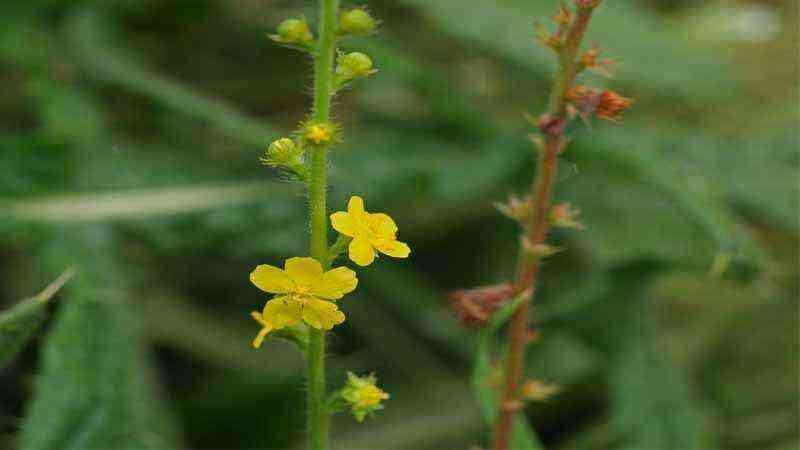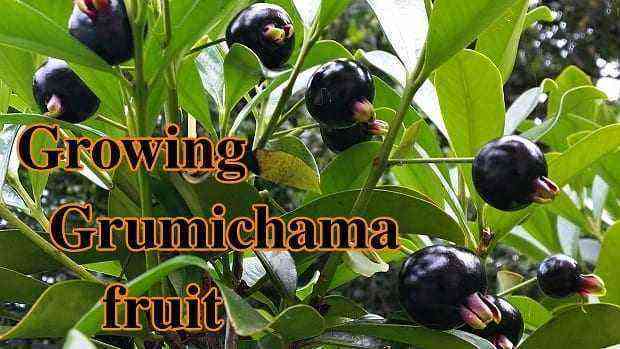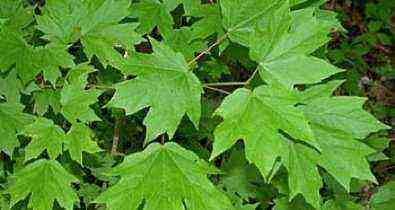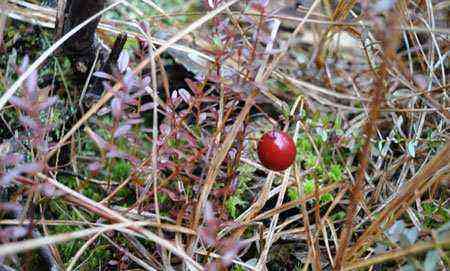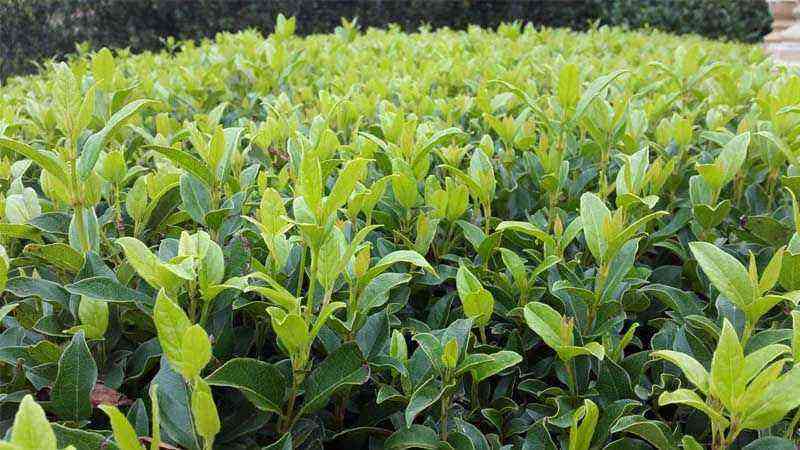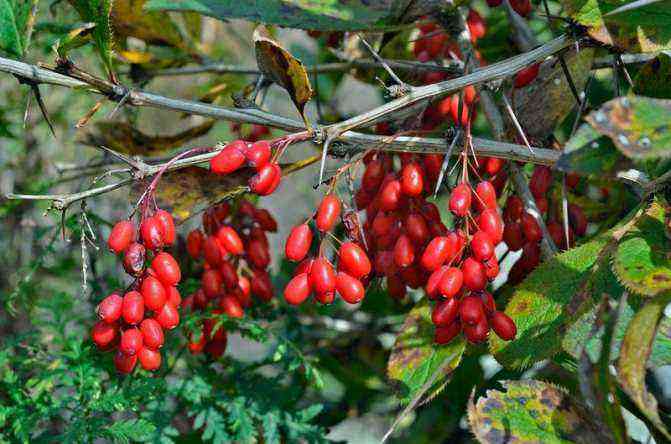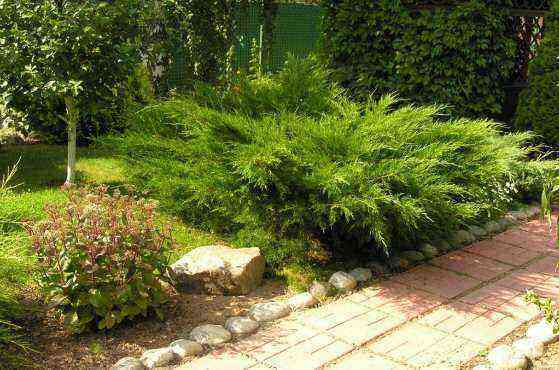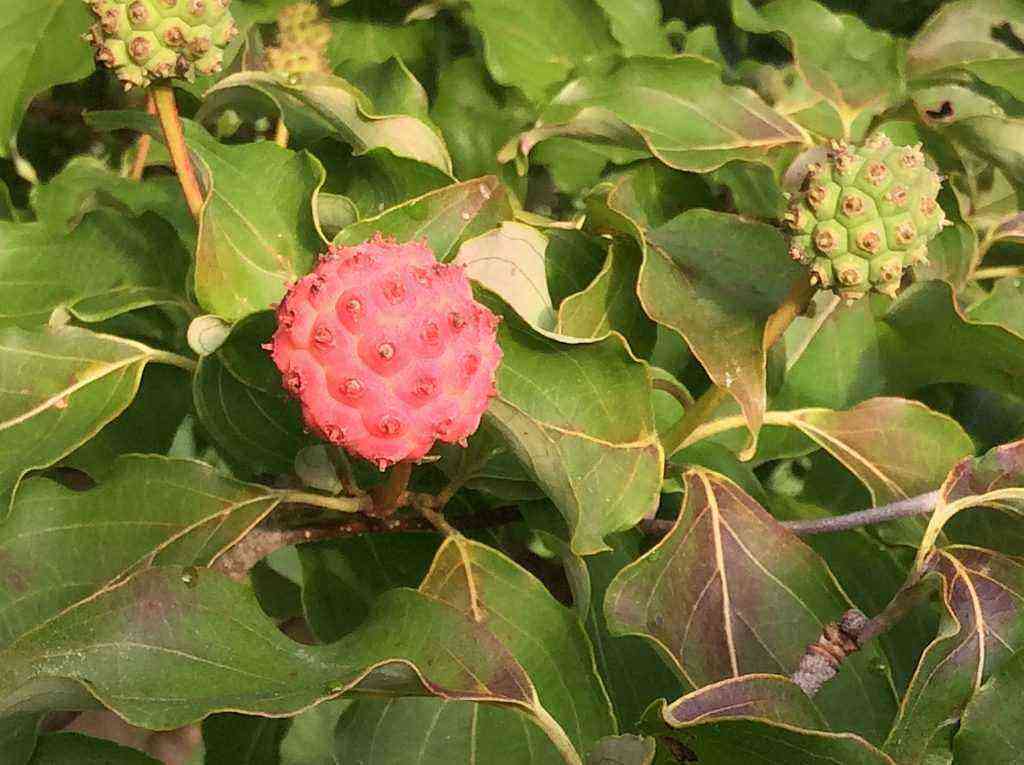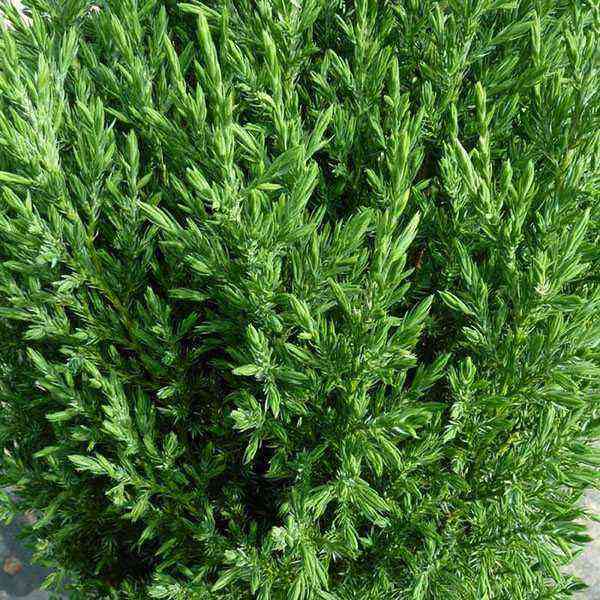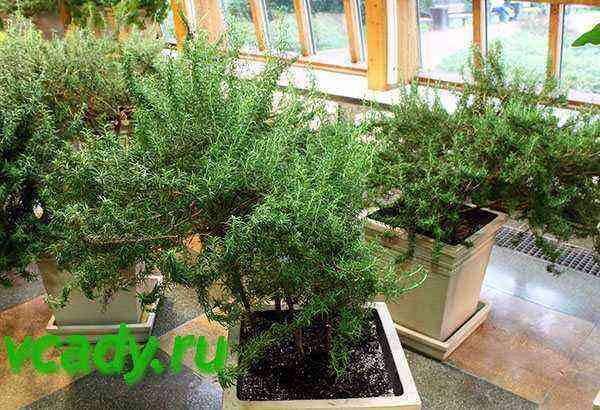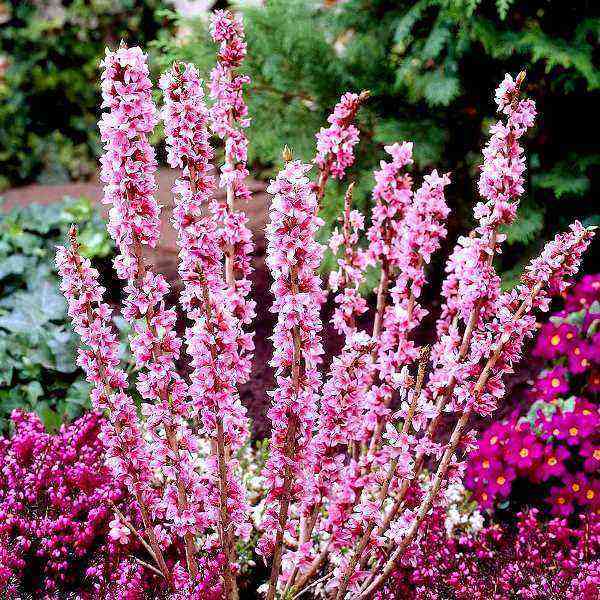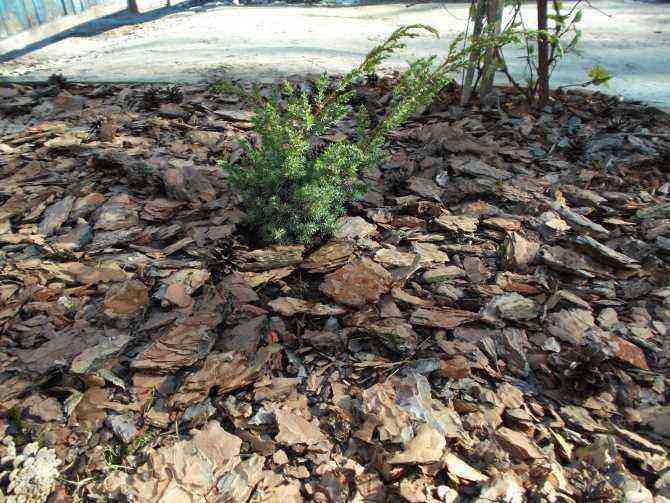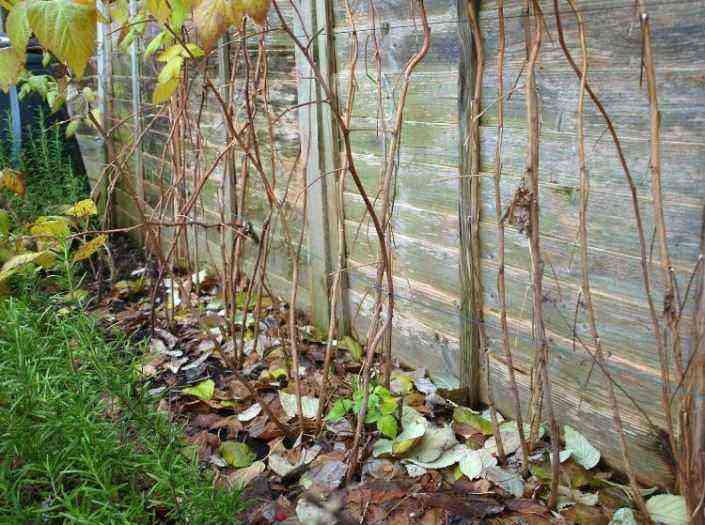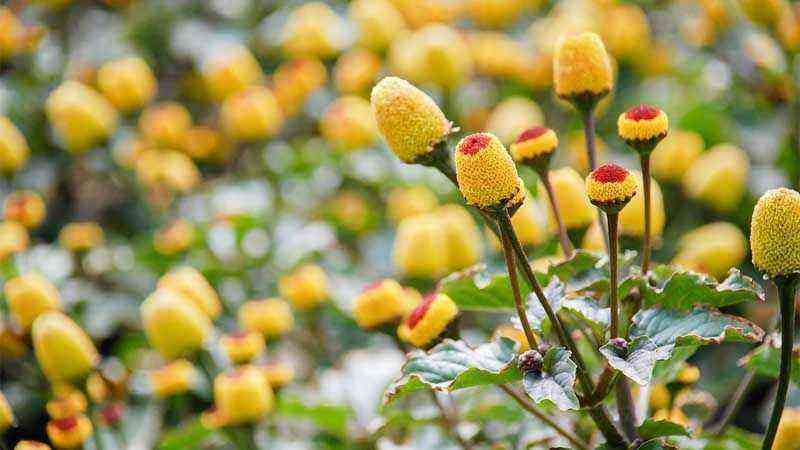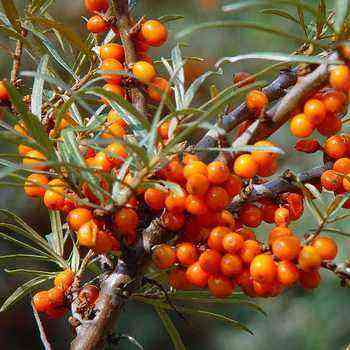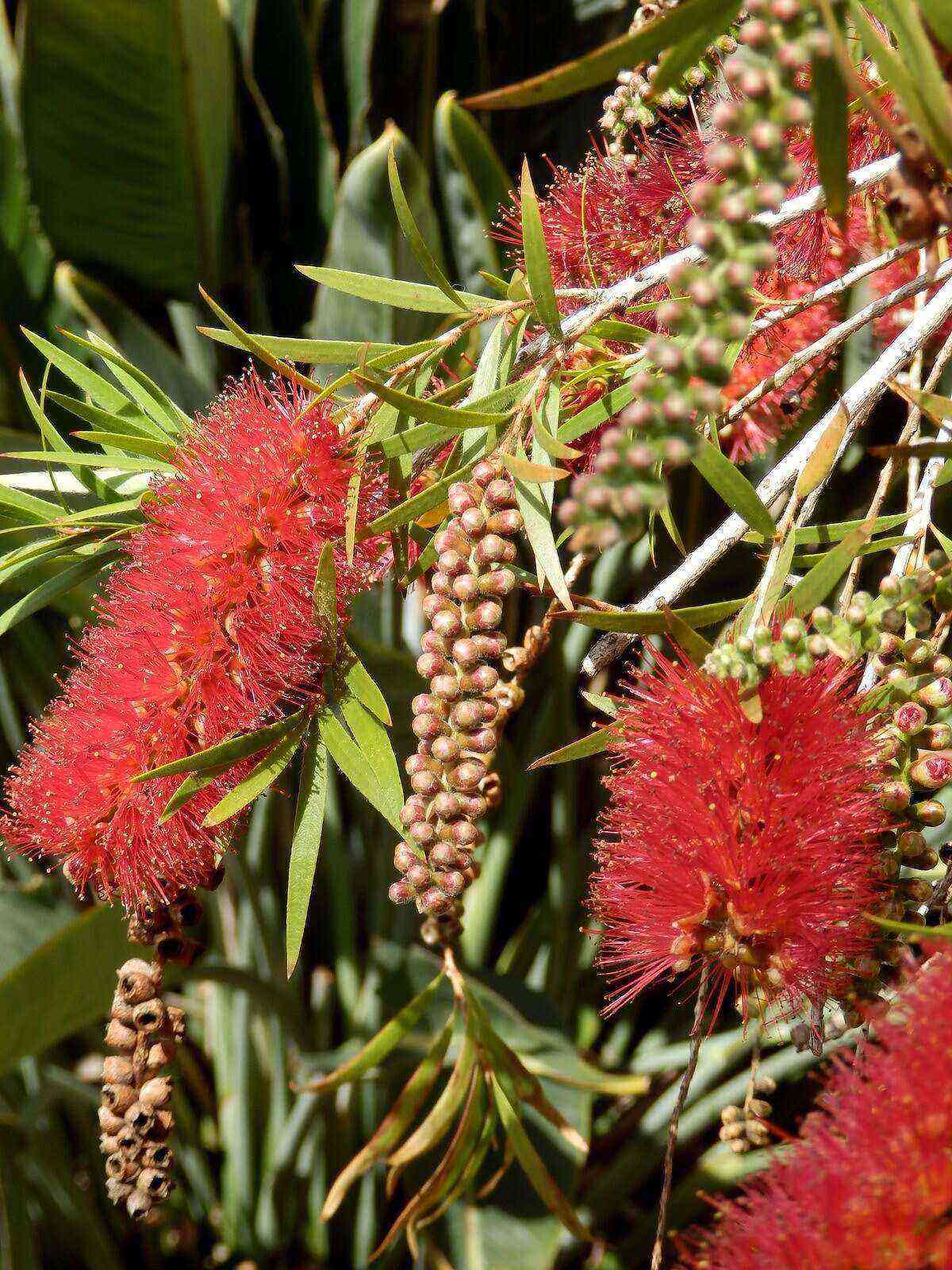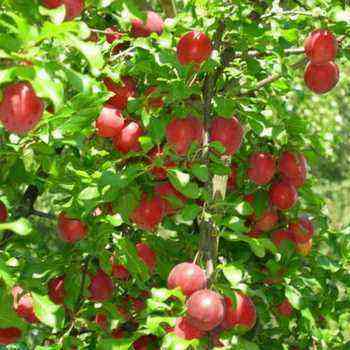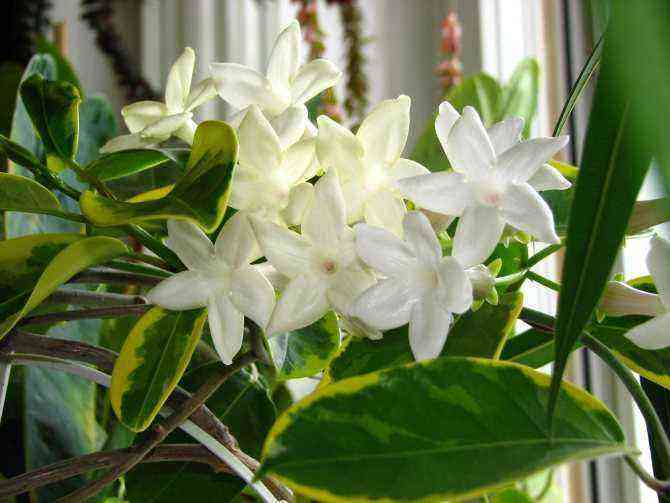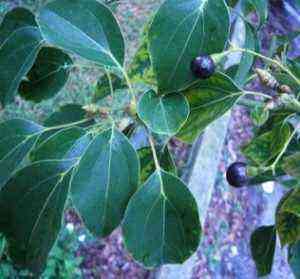On the subject:
How to propagate cyclamen – all the ways to get new ones …
Nov 25, 2019
How to grow an orchid from a peduncle – three simple …
Nov 17, 2019
How to grow raspberry uterine root – we propagate …
October 20, 2019
How to propagate Forster’s plectrantus – we grow …
September 4, 2019
BACK FORWARD 1 of 30
Landing
The magnolia plant does not tolerate watery soil, therefore, for planting seeds, you must choose a place where water does not accumulate or the place must be more elevated. In open ground, seeds should be sown to a depth of at least 10 cm. If the seeds are sown before winter, they must be insulated with a layer of leaves and a layer of dry mulch. In the spring, the insulating layer is removed along with part of the soil, so that the seeds are 3-5 cm in the ground. If the soil lines are not removed, the seeds will develop poorly (especially in the first year).
Alternatively, you can consider planting seeds in December in a container filled with soil.
It is important to remember that the roots of the plant are rod-shaped, so the container must be deep. After planting the seeds, the soil must be abundantly moistened and the container must be covered so that moisture remains inside. Such a container with magnolia seeds is stored at an air temperature of 0 to + 50C.
In the spring, the container is transferred to a warm, bright place. The second year after sowing is the ideal time to plant a magnolia plant in your garden. Watering the plant at an early age should be done with caution, as it is susceptible to disease (for example, a black leg may attack).
Types and varieties of magnolia
There are a large number of tree varieties that differ in appearance and inflorescences. You can also find hybrids that are suitable for growing in temperate climates.
The variety belongs to trees, it grows up to 8 m in height. The crown is spreading, about 7,5 m in diameter. The inflorescence is cupped at the beginning of flowering, gradually blooms and takes the shape of a saucer. There are 6-8 petals per inflorescence. Flowering earlier, begins in May and ends at the end of June. In some cases, the tree may re-bloom in August. The Siebold variety is considered the most winter hardy of all varieties. The tree can survive frosts down to -35 degrees.
The tree is not the tallest, when compared with other plant varieties, it reaches 3-4 m in height. It has a dense and spreading crown. The variety has beautiful creamy white inflorescences. The flowers are large, about 20 cm in diameter. The flowering period occurs in the first two summer months. Differs in drought and light frost resistance. The growth of the tree is slow, the plant finally forms only in the second year after planting.
A tall species, the height can exceed 15 m. The maximum height is 20 m. It enters the flowering period early, already in April, immediately after the appearance of leaves. The flowers are cup-shaped, with a rich aroma, white. 15-20 cm in diameter.The leaves are large in size, up to 50 cm long, 25 cm wide.
The tree of this variety grows up to 8 m high. The variety belongs to frost-resistant and is able to withstand frosts down to -34 degrees. The petals of the flowers are of a light yellow hue; they bloom after the leaves on the tree have completely bloomed. Suitable for growing in the Moscow region.
It belongs to tall shrubs, up to 3 m high. A significant drawback of this variety is slow growth. For a year, the shrub grows only 15 cm. The flowers begin to bloom in April, before the leaves appear. The flowering period lasts about a month.
The shrub grows up to 3 m in height, in some cases it can be up to 5 m. The foliage has a rich green hue. The crown is wide, spreading. The flowers are small, 3-4 cm in diameter. The shade is red-crimson without aroma.
The Kobus variety is characterized by a snow-white inflorescence with a pleasant smell. There are 6 petals in the inflorescence, at the base on the back of the petals are purple. The tree grows up to 10 m. In an adult, the tree has a spherical crown. If you provide good shelter for the onset of the winter period and favorable growing conditions, then the Kobus variety can be cultivated even in the central regions. Relatively hardy plant.
The variety is represented by trees up to 7 m high. The foliage is large, rich emerald color, glossy. Flowers are white, up to 15 cm in diameter. By nightfall, the inflorescences close. Flowering begins in May and ends in early October.
We invite you to familiarize yourself with Nordic walking with poles – how to walk correctly, technique for beginners, the health benefits of Nordic walking
The Sulange variety is distinguished by its long flowering, which lasts almost a month. New flowers appear immediately after the old ones fade. The variety belongs to treelike shrubs, with a height of 2 to 10 m. Suitable for cultivation only in the southern regions. The foliage is large, rich in light green color. Inflorescences of a dusty pink color. There are also varieties with red and white flowers.
Magnolia can be deciduous or evergreen. The first reacts to temperature changes only by changing the timing of flowering, and the second is not capable of withstanding large frosts at all, therefore, in the middle lane it is cultivated only in greenhouses with a certain temperature regime.
Among the 120 varieties of magnolia, there are not so many winter-hardy and relatively winter-hardy varieties. So, winter-hardy varieties that can be grown without problems in the middle lane include:
- Magnolia kobus,
- Magnolia stellata,
- a hybrid of star magnolias and cobus – Lebner magnolia.
, in which only part of the flower buds freeze in severe frosts, include garden forms
Magnolia kobus
Kobus magnolia trees reach 8-12 m in height and are distinguished by an unusual crown, which in the first years of life has a pyramidal shape, which changes to spherical with age.
Magnolia cobus
Magnolia Cobus is rightly considered the most hardy and unassuming variety to care for, but it is rarely cultivated here. But the point is this: it will take about 30 years from the germination of the seeds to the period until the tree pleases with its color. Although those who know how to wait will be rewarded a hundredfold: in addition to the fact that the magnolia of the cobus variety is undemanding to care for, in April-May it will delight you with incredibly beautiful white flowers with a purple base. With the arrival of autumn, dark green leaves turn yellow-brown and fall off only by mid-autumn.
Magnolia stellata
More often it is a tree, less often it is a shrub, up to 5-6 m high, with a spherical or oval crown, magnolia stellate in width reaches 4,5 and even 5 m. During flowering, Magnolia stellata exudes a very pleasant, enveloping and persistent aroma.
Magnolia star
And the stellate magnolia blooms earlier than the rest – in March-April, after which the whole tree is covered with dark green leaves up to 7-10 cm long, which by autumn become bronze-yellow.
Magnolia x loebneri
Lebner’s magnolia is a hybrid of cobus and star magnolias, which took the best from its parents: the endurance and beauty of the crown of the former and the delightful aroma of the latter.
Magnolia Lebner
Lebner’s magnolia is a tree with a rounded crown, reaching a height of 9 m. The fragrant flowers of Magnolia x loebneri, white with a slightly pinkish tinge, bloom in April, and the green leaves all summer, just like the star magnolia, turn yellow by autumn. bronze color.
Magnolia x soulangeana
Magnolia Soulange is most often found in our markets.
Magnolia Sulanja
It is a 5-10-meter tree, in April-May, covered with a solid carpet of fragrant pink-purple flowers with a diameter of 10-25 cm, which resemble tulips. The dark green leaves of the Soulange magnolia turn dirty yellow by autumn.
Ash magnolia (Magnolia macrophylla ssp.ashei)
One of the most beautiful and hardy deciduous magnolias – Ash’s magnolia – will delight you with rapid flowering already at 2-5 years of age.
Ash magnolia
Ash’s magnolia tree reaches a height of 5, and sometimes 7 meters and almost never suffers from recurrent frost. And the thing is that it blooms much later than other species – in the middle, and sometimes closer to the end of May. In addition, flowering lasts much longer than early flowering ones. Huge white flowers with a cream shade reach 25 and sometimes 30 cm in diameter, and amazing tropical leaves reach 50-70 cm in length.
In this article, I tried to reveal all the secrets of growing magnolia. But maybe for some of you they are not news at all, and magnolia has been growing in your garden for a long time? Share your impressions of growing this wonderful tree, I will be very grateful to you for that, because there is nothing more valuable than your own experience!
You may also be interested in publications:
Magnolia care

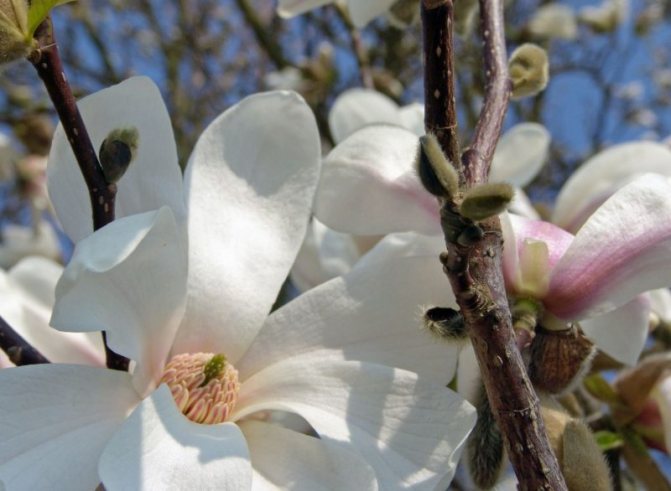
Magnolia Cobus Care
The soil for the plant must have good water permeability and be very fertile and fertilized. The place on the site should not be strongly illuminated by the sun’s rays (it is better to have partial shade), and it should also be protected from gusts of wind. Flowers from a plant grown from seeds can be expected only after 8-10 years.
Magnolia breeding methods
As in the case with other noble ornamental shrubs, the main methods of breeding magnolia can be roughly divided into 2 groups:
- Vegetative propagation (by means of cuttings and layering);
- Seed reproduction.
Each of these methods allows you to achieve your goal – to grow a magnolia. Vegetative propagation is simpler, understandable and affordable for gardeners who do not have such experience, however, experienced people prefer growing from seeds, since it is this that is the key to the purity of the variety and the health of the shrub in the future. This method is more laborious, but often it turns out to be justified.
Wintering plants
This magnolia variety tolerates winter very well. But it is still worth insulating the tree, especially for the first two winters. Dry material is used as insulation.
The whole tree is wrapped, including the crown, because if it gets caught in frost, the result will be a bush, but not a tree.
If the tree has not yet been planted in open ground, then a balcony, which should be glazed, or a basement, is suitable as a storage place, but the container in which the magnolia grows must also be insulated.
Considering all the tips, you can grow a very beautiful tree that will become the pride of any gardener.
Can you grow magnolia at home?
In the phase of appearance of the first leaf at the end of March, the growth energy manifests itself in the same sequence. The maximum number of plants with one true leaf is also observed in all subsequent variants with a delay. The question is ripe: is it necessary to do drainage in the box, for example, as for sowing conifers, from coniferous litter? I throw something into the boxes with all the crops. I want them to have a good life there. I have not a big choice, needles or polystyrene. Let there be needles, without foam!
You only need a box to grow magnolias, then you need to plant them immediately. Magnolias grow quickly and should not be in the common box for a long time. Ascended, gained cm in height and seated! Hello Leo!
How to propagate magnolia by layering
If for some reason the result of seed propagation is unsatisfactory, it is worth applying layering propagation. This method is most effective for growing shrub magnolias. To do this, in early spring, it is enough to bend the branches to the ground, nail them firmly (ensuring complete immobility), and pour a mound of loose soil about 20 cm high on top. Acceleration of the formation and growth of the root system can be provided with a small annular notch in the middle of the ground part of the layering.
In this way, you can get up to 3 additional seedlings from each existing shrub or tree. Propagation by layering gives results much faster than propagation by seed or propagation of magnolia by cuttings (1 to 3 years).


It is also possible to create air ducts, which can be prepared from May to the end of June. The branch on which it is necessary to induce root formation is carefully cut or completely cleaned of the bark. The exposed area must be abundantly treated with growth stimulants. Immediately after this, the treated area is covered with moss and wrapped tightly in film.
Read also: Dryer Ezidri Snackmaker FD500: review, characteristics, recipes
Reproduction of magnolia by cuttings
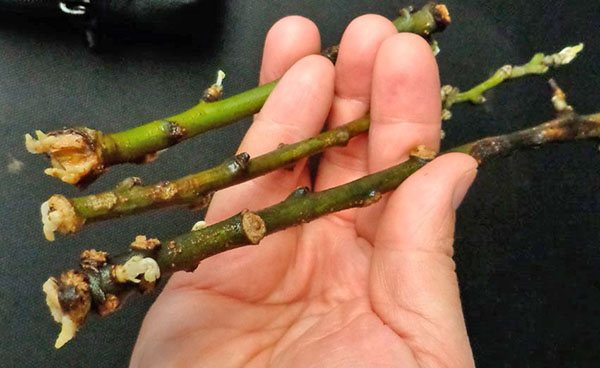
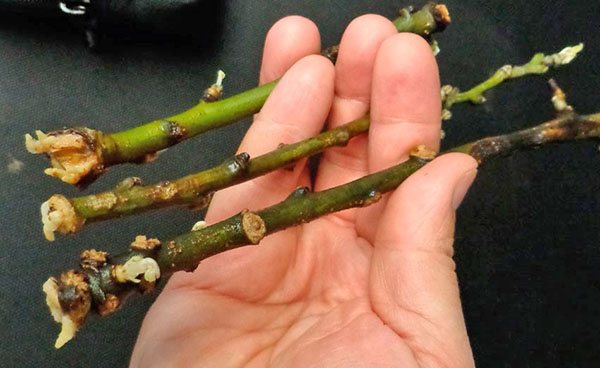
This method has long been known to summer residents and professional gardeners. Reproduction of magnolia by cuttings is available to almost everyone. You just need to have a greenhouse and correctly follow all the recommendations.
Magnolia cuttings are harvested in the same way as for other trees and shrubs. Spring is considered the most suitable time for this procedure. To get the coveted stalk, the branches need to be cut right under the bud (only a couple of millimeters away from it). Now on the handle you need to remove the 2 lower leaves, and the 2 upper ones above them – do not touch. Too large plates are removed about 2/3 of their length. The second cut should be made a little higher than the remaining leaves (about 4 – 6 cm). The final stage in the preparation of the cuttings is treatment in a solution that stimulates the formation of roots. You can use any other analogs you have.
The most reliable source for cuttings is biennial twigs.
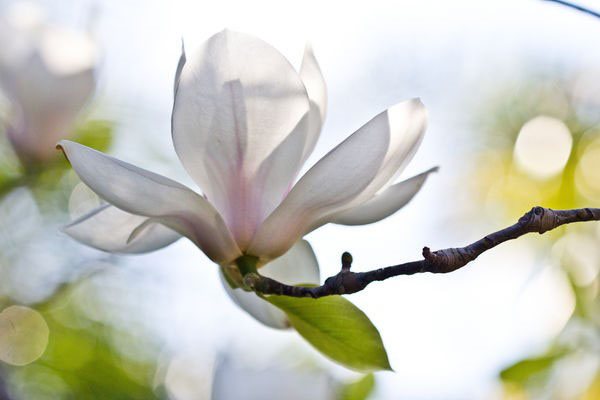
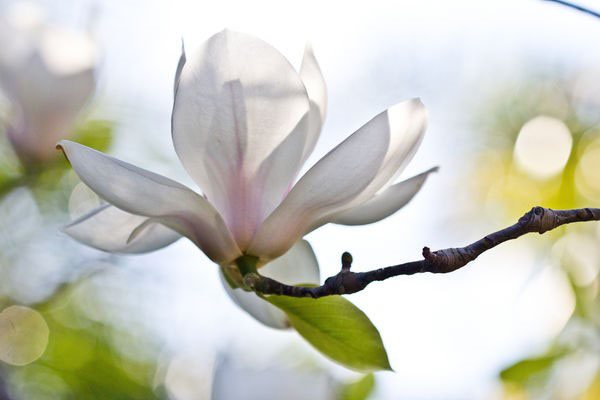
It is possible to plant cuttings of magnolia in open soil only when the plant has formed a strong independent root system. Therefore, the trimmed and processed planting material should be kept only in the greenhouse. From the moment of cutting and to disembarkation on the site, it usually takes 2 – 3 months. It is best to carry out this procedure from the end of June to mid-July. This is the best time for the active growth of magnolia.
Before planting, the land must be loosened and fertilized. Also make sure that there is a connected irrigation and drainage system. The cutting is planted to a depth of 5-10 cm, depending on its length. Top it up with loose and fertilized soil. Water the cutting every 3 to 4 days. So he will quickly take root and enter the active phase of growth. Constantly monitor soil moisture, protect the plant from pests and drafts.
Subject to all the conditions of reproduction, in any of the above ways, you can get the desired result. The main thing is not to forget to water and feed the plant in a timely manner. Only then will it delight everyone with abundant flowering.

